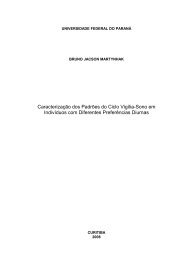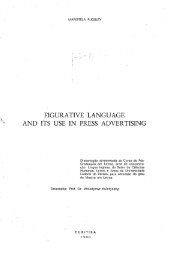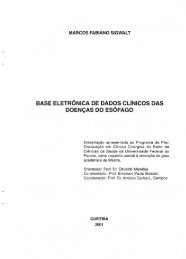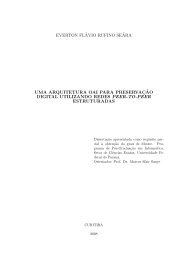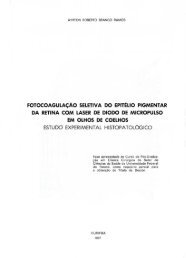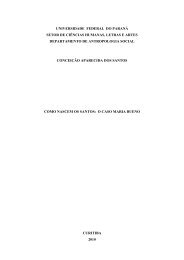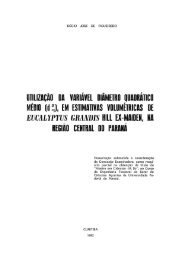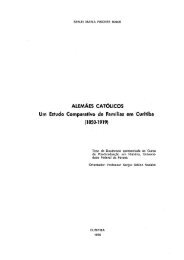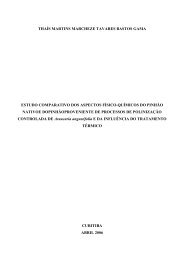towards an analysis of errors made by university students ... - DSpace
towards an analysis of errors made by university students ... - DSpace
towards an analysis of errors made by university students ... - DSpace
You also want an ePaper? Increase the reach of your titles
YUMPU automatically turns print PDFs into web optimized ePapers that Google loves.
90<br />
have been<br />
found.<br />
No omission occurred in the second non-sepcific<br />
text<br />
- RACE AND HEREDITY. Both groups <strong>of</strong> <strong>students</strong> have tr<strong>an</strong>slated<br />
those two non- specific texts as if they were only one<br />
group<br />
<strong>of</strong> <strong>students</strong>; those texts have been administered with the<br />
purpose<br />
<strong>of</strong> detecting possible areas <strong>of</strong> difficulties common to both<br />
groups <strong>of</strong> <strong>students</strong>, in confrontation with the difficulties<br />
encountered <strong>by</strong>,each group <strong>of</strong> <strong>students</strong> when tr<strong>an</strong>slating<br />
the<br />
specific texts. The highest percentage <strong>of</strong> omission which<br />
has<br />
co-occurred with wbt <strong>an</strong>d i rg <strong>errors</strong>, in the same ngp, might<br />
lead<br />
us to conclude that a possible cause <strong>of</strong> those <strong>errors</strong> <strong>an</strong>d omissions<br />
was due to the markedly specific aspect <strong>of</strong> the English ngps in<br />
which those <strong>errors</strong> <strong>an</strong>d omissions occurred. However, from the list<br />
<strong>of</strong> <strong>errors</strong> in ngps, with the percentage <strong>of</strong> <strong>students</strong> who have<br />
<strong>made</strong><br />
those wbt <strong>an</strong>d i rg types <strong>of</strong> <strong>errors</strong>, provided<br />
in appendix 2.2.4., we<br />
c<strong>an</strong> see that the English ngps in which the highest percentage<br />
<strong>of</strong><br />
<strong>students</strong> <strong>made</strong> wbt <strong>an</strong>d i rg <strong>errors</strong>, do not belong<br />
to a highly<br />
specific vocabulary, as the high percentages<br />
produced <strong>by</strong> the<br />
tr<strong>an</strong>slation <strong>of</strong> THE NEXT INSTANT (J10P) <strong>an</strong>d THE THIRD TRIMESTER<br />
(T10N), respectively 54,17% <strong>an</strong>d 36,84%, show. Admitting that the<br />
expl<strong>an</strong>ation <strong>of</strong> <strong>errors</strong> is certainly a most vulnerable area <strong>of</strong><br />
error <strong>an</strong>alysis, we also recognize that omission in<br />
tr<strong>an</strong>slated<br />
texts is a difficult area whose causes c<strong>an</strong>not be easily<br />
tackled.<br />
Although omissions do not lend themselves to <strong>an</strong> accurate<br />
evaluation <strong>of</strong> how <strong>students</strong> have perceived the sequence <strong>of</strong><br />
structural elements in a ngp, they have been taken into account<br />
because <strong>students</strong> have succeeded in perceiving the limits <strong>of</strong><br />
those ngps <strong>by</strong> omitting exactly the tr<strong>an</strong>slation <strong>of</strong> the exponents<br />
<strong>of</strong> the structural elements which have formed those ngps, namely



